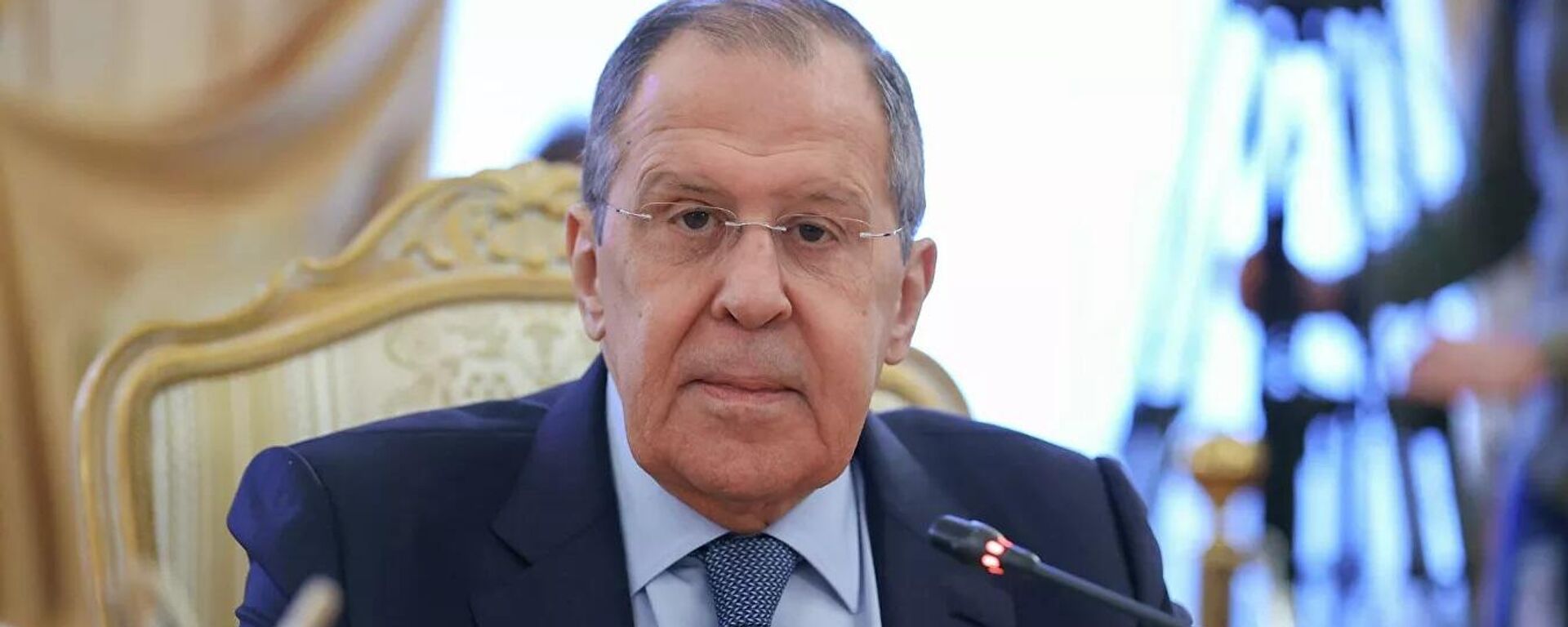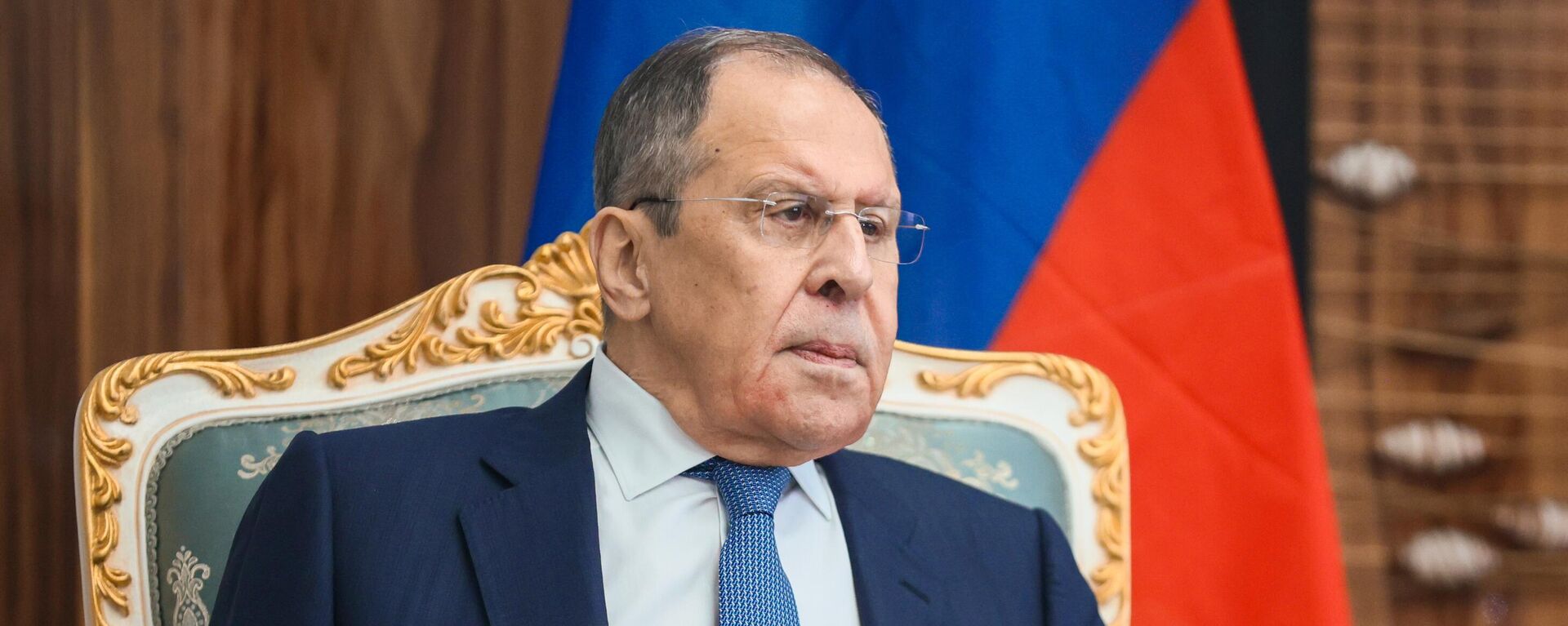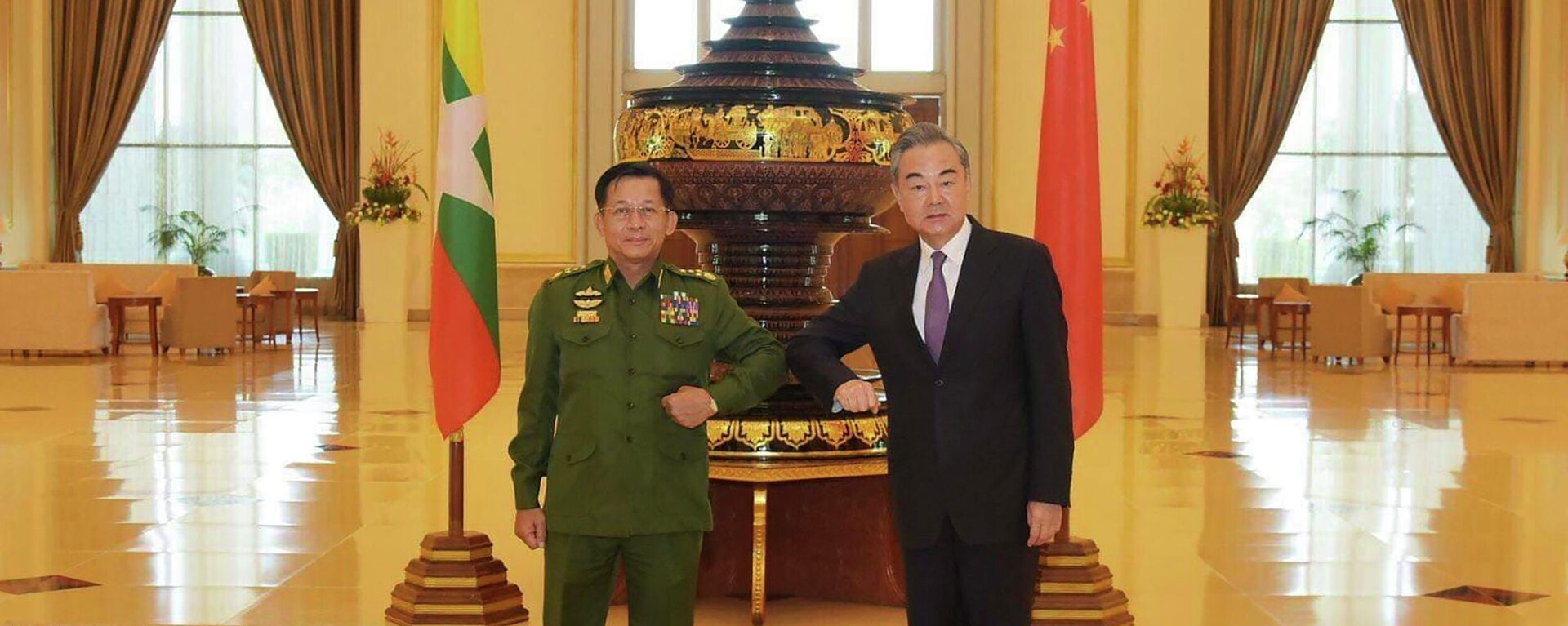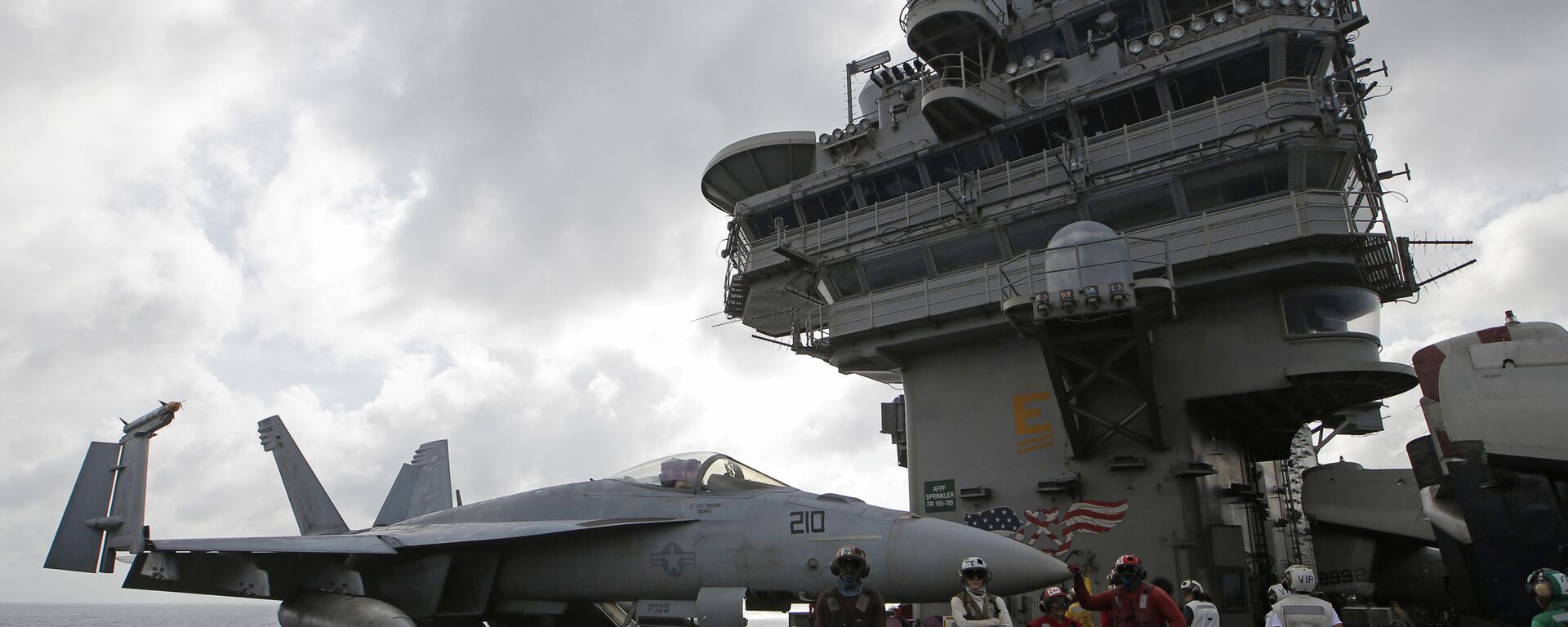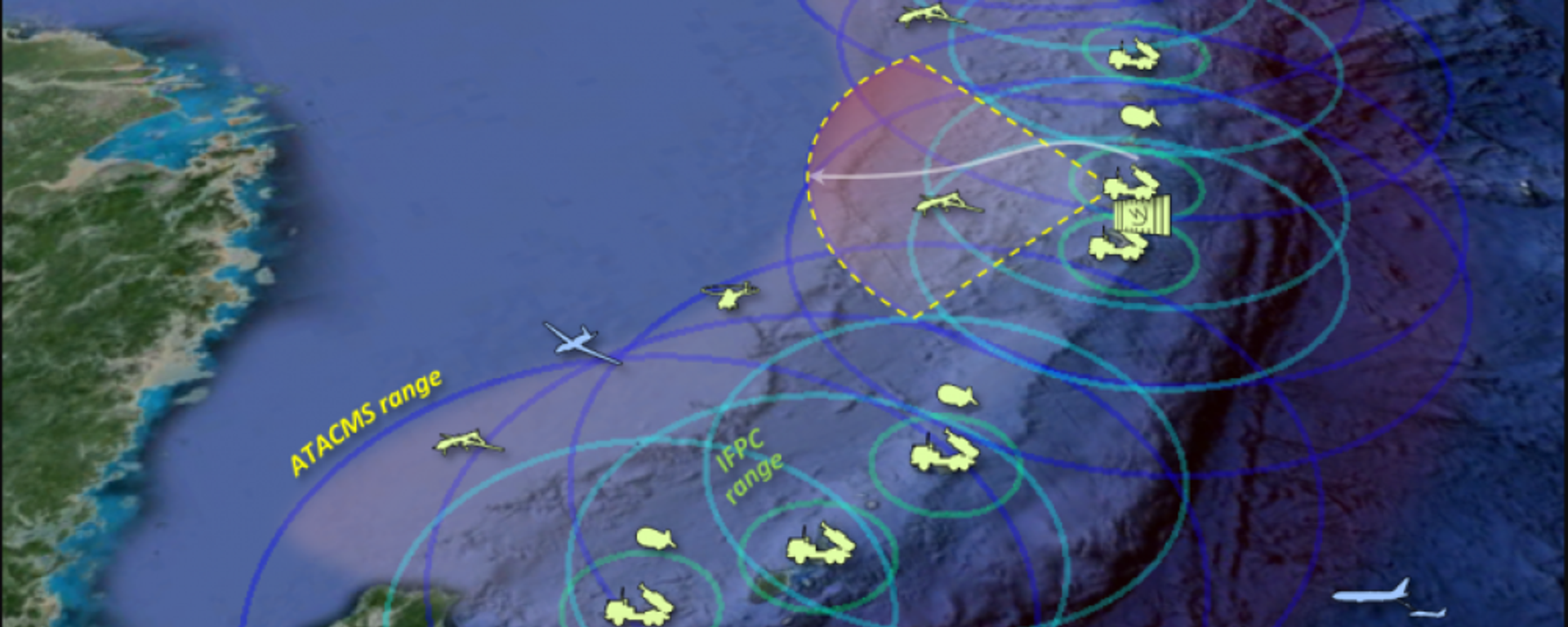Uniting the Un-Unitable: ASEAN Turns 55
04:00 GMT 08.08.2022 (Updated: 13:57 GMT 08.08.2022)
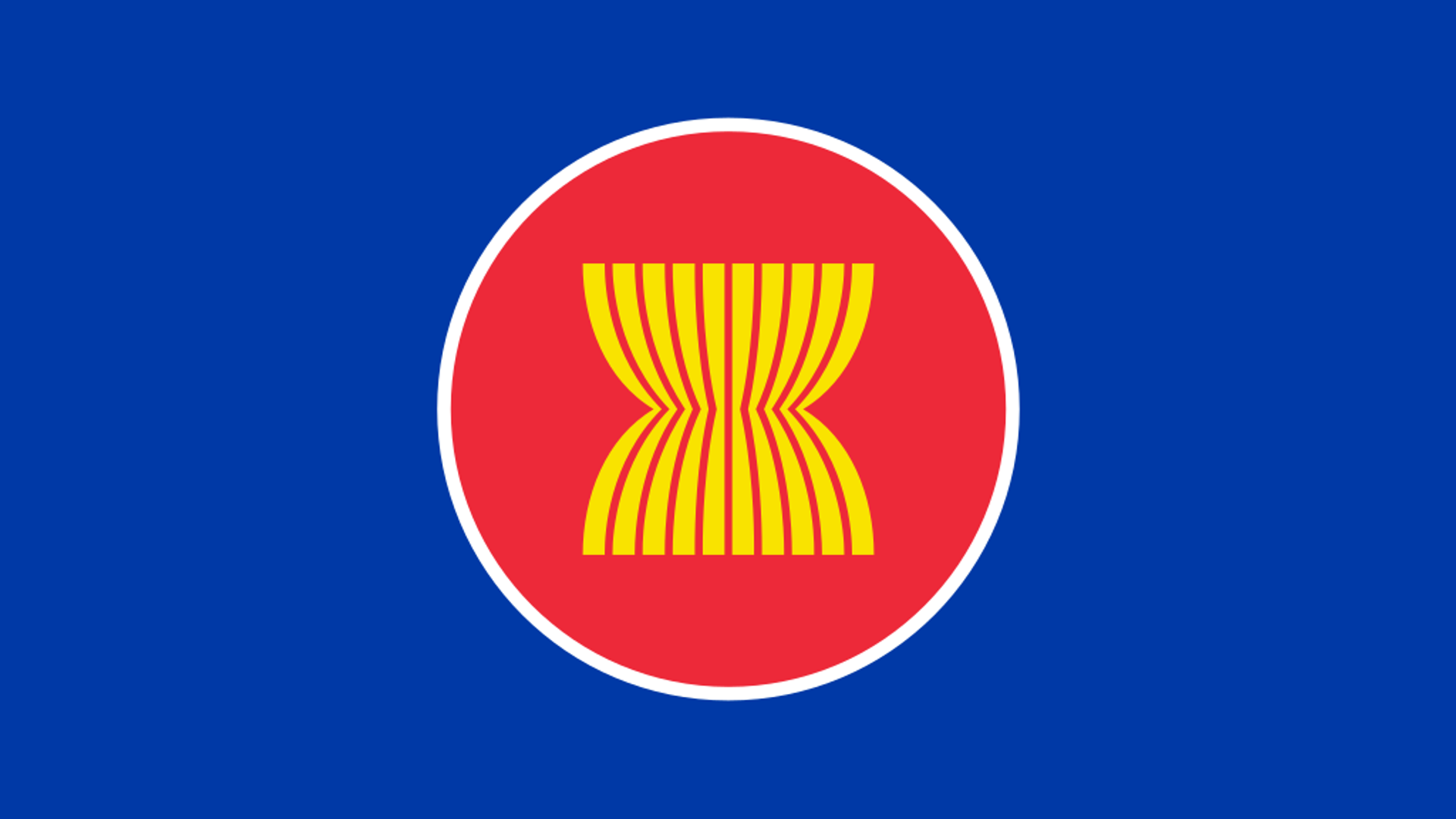
© Wikipedia / Madden
Subscribe
Monday marks the 55th anniversary since the creation of the Association of Southeast Asian Nations (ASEAN) – a ten-member intergovernmental organization promoting economic, security, political, educational and cultural interaction and integration among a highly diverse group of countries.
The ASEAN Declaration was signed on August 8, 1967, in Bangkok by the five founding members: Thailand, Indonesia, Malaysia, the Philippines and Singapore. Its core principles included economic and security cooperation, non-interference, and good neighboring relations, while collaboration on matters of “mutual interest and common problems” facing member countries, including poverty, social instability, and underdevelopment, also featured. Brunei joined ASEAN in 1984.
Behind the scenes, Asian diplomatic affairs academic Wen-Qing Ngoei characterized the bloc’s history in the late 1960s and 1970s as a tool of US imperialism, serving as an “arc of containment” against Soviet and Chinese influence.
Its members, the scholar wrote, forged “intimate economic and military relations with the United States to resist Chinese influence and to strengthen their hands against homegrown socialist forces inspired by [Moscow-backed] Vietnam’s communist revolution. In so doing, ASEAN leaders contained China and reinforced US predominance in the region.”
New Realities
But the breakthrough which gave the bloc impetus to become a genuine tool for regional cooperation and economic development took place between 1995 and 1999, when the five founding members’ erstwhile ideological enemies - Vietnam and Laos - as well as Myanmar and Cambodia, were permitted to join the association.
China signed a ‘strategic partnership for peace and prosperity’ with the organization at ASEAN’s 2003 summit in Bali, Indonesia. In 2018, China and ASEAN agreed to an updated strategic partnership blueprint for cooperation up to the year 2030.
Russia became a full-fledged dialogue partner in 1996 during the 29th ASEAN ministerial meeting in Jakarta, Indonesia, and signed the Treaty of Amity and Cooperation in Southeast Asia in 2004.
In 2005, Russia and ASEAN signed the Joint Declaration on Progressive and Comprehensive Partnership, committing the two sides to harmonious co-existence, address challenges posed by globalization, make joint efforts to enhance regional peace, security, and development, and, significantly, to work together to build “an international system that is fair, balanced and just.”
The same year, Russia and ASEAN signed an agreement on economic and development cooperation, which laid out measures to establish a favorable climate for the development of multifaceted economic cooperation, trade and investment, with the Russian side committing to recognizing ASEAN’s goals of enhancing “self-reliance, economic resilience as well as social well-being of its peoples.”
The economic agreement included a series of measures to improve cooperation in a broad range of areas, including energy, transport, finance, agriculture, science and technology, tourism, and sport, balancing economic interests with environmental protection and sustainable development.
In November 2018, Russia-ASEAN relations were upgraded to strategic partnership status, with the parties committing to further strengthen and deepen ties at a special 30th anniversary of relations summit held by video conference last October.
Security Cooperation
Since ASEAN’s 1990s expansion to include Vietnam, Laos, Cambodia and Myanmar, the bloc has largely succeeded in freezing a series of border disputes and ideological battles which plagued the region throughout the Cold War.
One of ASEAN’s most significant security accomplishments over the past twenty years has been mediating the Thai-Cambodian border dispute, which has roots dating back to the region’s colonial domination by the French. Between 2008 and 2011, dozens of Cambodian and Thai troops and civilians were killed in clashes over the 11th century Preah Vihear and 13th century Ta Moan temple complexes.
ASEAN played a direct role in defusing the conflict, with the Cambodian and Thai governments allowing unarmed Indonesian military and civilian observers to monitor the disputed territory after an ASEAN summit in Jakarta in February 2011. In July that year, the International Court of Justice ordered both countries to withdraw from the disputed area and enabled ASEAN troops to oversee a United Nations Security Council-backed ceasefire. The mediation has proven successful over time, preventing the border rift from escalating into a major regional conflict. Last month, Bangkok and Phnom Penh agreed on the need to speed up the demarcation of the remaining 14 percent of the frontier.
Another area of ASEAN’s crucial but as-yet unfulfilled potential is centered around the bloc’s negotiations with China aimed at resolving the maritime dispute in the South China Sea, where ASEAN members and Beijing have staked competing claims to waters containing untold hydrocarbon and fishing riches, and which serve as a strategic area through which trillions of dollars in trade pass every year.
In 2002, ASEAN and China signed the Declaration on the Conduct of Parties in the South China Sea, a landmark strategic blueprint for resolving disputes in the body and “enhanc[ing] favorable conditions for a peaceful and durable solution of differences and disputes among countries concerned.”
Unfortunately, ASEAN-China negotiations on the South China Sea have slowed to a crawl, with the United States, which has formally paid lip service to supporting the 2002 declaration, seeking to undermine it through its actions. In a 2010 visit to Vietnam, Hillary Clinton characterized the South China Sea as a matter of “national interest” for the United States, which looks to maintain the “freedom of navigation, open access to Asia’s maritime commons, and respect for international law” in the body of water.
Over the past decade, the US has systematically deployed Navy and Coast Guard ships to the region to challenge Chinese sovereignty, and has sought to forge or shore up bilateral security ties with South China Sea countries to the detriment of the proposals outlined in 2002. China has repeatedly criticized the US over its approach, and called on Washington, as a non-claimant to any South China Sea waters, to butt out of the region’s affairs.
Nukes, No Thanks
Another major security-related accomplishment of ASEAN is its success in keeping nuclear weapons out of the region. In 1995, members signed the Treaty of Southeast Asia Nuclear Weapon-Free Zone, committing ASEAN to keep nuclear weapons and all other weapons of mass destruction out of the area. The bloc has successfully abided by the provisions of the treaty for more than a quarter of a century.
The 1995 treaty gained new significance in 2019, when the Trump administration unilaterally pulled the US out of the Intermediate-Range Nuclear Forces Treaty with Russia, and began the process of soliciting ASEAN and other regional nations to station new ground-based missiles in the 500-5,500 km range on their soil. Then-Philippines President Rodrigo Duterte publicly lashed out against Washington over the idea, vowing that he would never allow the deployment of nuclear weapons in his country, and that Manila had absolutely no desire “to fight China.”
Earlier this year, the Rand Corporation, a major California-based global policy think tank, somberly concluded that Washington would have a hard time getting its allies within ASEAN or other regional partners like Japan, South Korea or Australia, to station the US’s new nuclear-tipped strategic weapons.
Economics 101
Economic and development cooperation, both amongst ASEAN members and with external partners, has been another key driver in advancing and strengthening the organization. The ten-nation bloc has a population of over 661.5 million people, and a combined GDP of over $3 trillion.
In 2002, the ASEAN Free Trade Area Agreement stepped into force, resulting in a significant expansion in regional trade. At the bloc’s 17th Summit in Hanoi, Vietnam in 2010, bloc members approved the so-called ‘Masterplan on ASEAN Connectivity’, an ambitious project designed to deepen economic and general integration by consolidating the region’s transportation, information, communication and social infrastructure.
The “masterplan” received several updates in the years that followed, with the current version, agreed in late 2021, featuring a broad range of “strategic objectives” including: a) increasing public and private infrastructure investments in each ASEAN member b) sharing best practices between member states, c) providing assistance for technological advances, d) lowering supply chain costs, e) harmonizing standards and regulations for products in key sectors, and f) measures to ease travel and study across the bloc.
Normative Power of ASEAN
In 2016, Fudan University assistant professor He Jiajie penned a pioneering article in the International Studies Review journal on the similarities and differences between the normative power of ASEAN and the European Union, pointing out that while the EU’s normative power serves as an “agent of ‘Europeanization beyond the EU’,” ASEAN’s normative role, by contrast, “is featured as a dialogue-driven process and stresses the importance of negotiation and renegotiation.”
“Unlike the EU’s hegemonic approach, ASEAN seems reluctant to move away from the doctrine of non-interference and sticks to the so-called ‘ASEAN talk shop’,” He stressed.
Given ASEAN’s incredible national, ethnic and cultural diversity, which includes more than 350 ethnic groups, differences in economic and social development, wildly divergent histories - including countries’ colonial past, experiences during the Second World War and the Cold War - and ideological differences, from Thailand’s constitutional monarchy to Vietnam’s socialist republican system, the “talking shop” approach referred to by the academic may very well be the key component driving ASEAN’s success.
